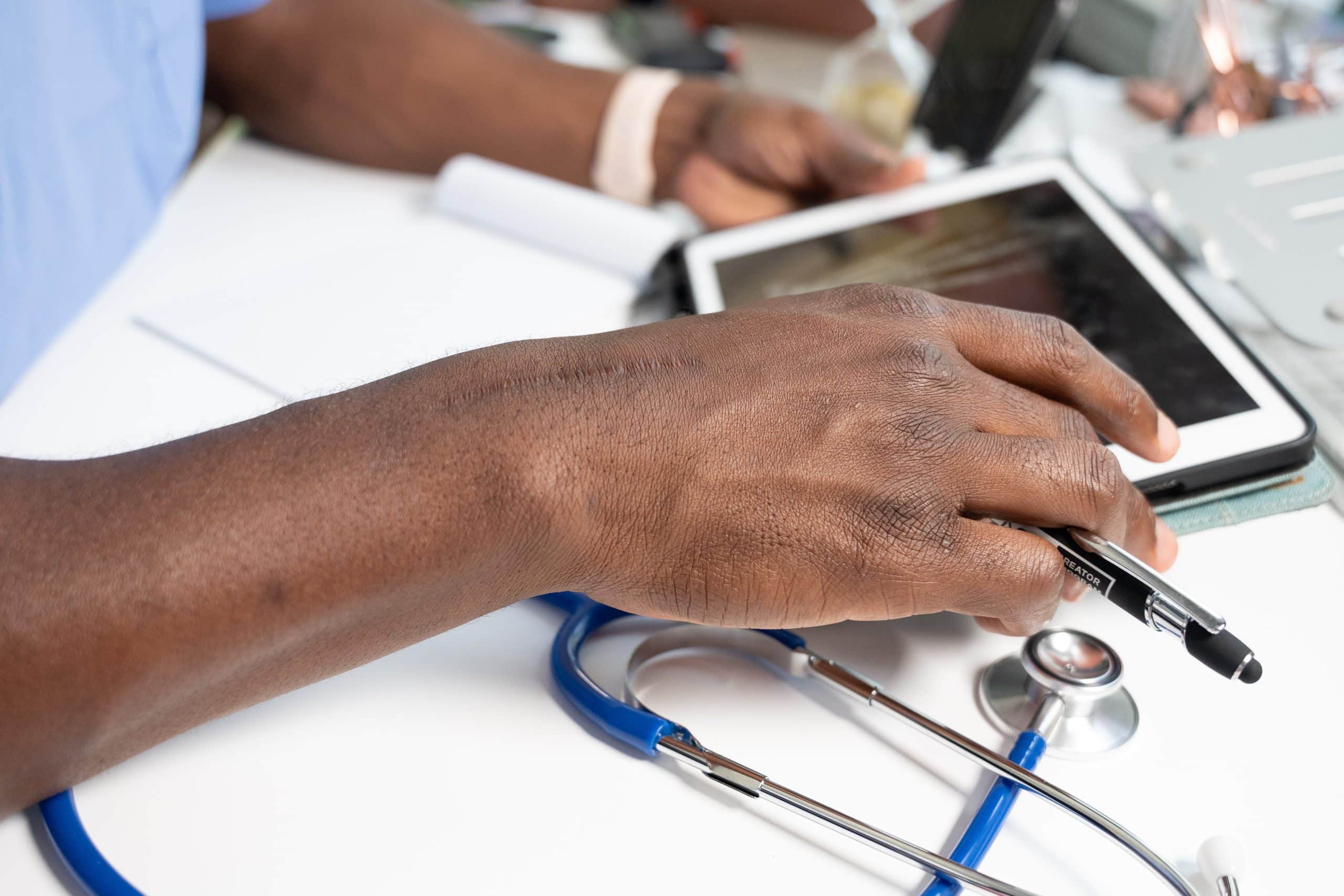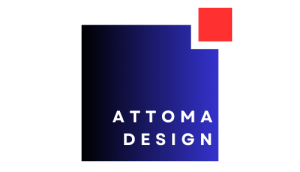The emerging market of wearable technology in healthcare

The wearable technology market is revolutionizing numerous sectors, with healthcare at the forefront. These devices are not only trendy gadgets but are transforming how we monitor health and manage diseases. They provide significant benefits, from giving patients greater control over their care to reducing healthcare costs. Furthermore, they are redefining the doctor-patient relationship, making healthcare more personalized and efficient. Let’s delve into the world of wearable technology in healthcare, exploring its current market landscape, growth forecast, and potential impacts on the sector.
Wearable Devices: An Overview
Wearable tech in healthcare encompasses a variety of devices designed for health monitoring and medical purposes. These can range from fitness trackers that count steps and monitor heart rate, to more sophisticated devices that measure vital signs, blood glucose levels, and even neurologic events. With the continuous evolution of technology, these devices are becoming increasingly intuitive and discreet, making them more appealing to users.
This might interest you : The rise of fintech: what it means for your business
The attractiveness of these gadgets lies in their ability to gather real-time health data, empowering patients to engage more actively in their health management. This can lead to more timely interventions, better preventative care, and a reduction in unnecessary hospital visits.
The Current Healthcare Wearable Market
The current wearable devices market in healthcare is already significant. According to a recent report by Grand View Research, the global market size for healthcare wearable devices was valued at $13.2 billion in 2020 and is expected to expand at a compound annual growth rate (CAGR) of 16.4% from 2021 to 2028. The driving factors behind this growth include the rising prevalence of chronic conditions, the aging global population, and an increasing awareness of health and wellness.
Have you seen this : The future of green energy in business operations
North America is a dominant player in this market, with the United States leading in terms of both production and consumption. There are several reasons for this, including a highly developed healthcare infrastructure, significant investment in R&D, and a rapidly aging population with a high incidence of chronic diseases.
Forecasted Growth and Market Trends
Looking ahead, the future of the wearable technology in the healthcare market is promising. An analysis by Market Research Future predicts that the global market for wearable devices in healthcare will reach $27 billion by 2023, driven primarily by increasing technological advancements and the rising adoption of wearable technology.
Furthermore, the wearable devices market is expected to evolve, with products designed for specific medical conditions and patient groups. This includes devices for cardiac monitoring, diabetes management, sleep disorders, and neurological conditions. This trend towards personalized healthcare devices will further drive market growth.
Channel and Type of Wearable Devices
The healthcare wearable devices market is also evolving in terms of distribution channels and types of devices. Online channels are expected to grow significantly, providing users with easy access to a variety of products. Additionally, the advent of smart clothing and footwear with integrated sensors offers another growth avenue for the market.
For instance, smart shirts can monitor heart rate, breathing, and stress levels, while intelligent shoes can track steps, posture, and balance. These innovative products are making health monitoring more seamless, further promoting the acceptance and utilization of wearable technology in healthcare.
The Impact of Wearable Technology on Healthcare
Wearable technology is set to make a significant impact on healthcare. These devices are transforming the way we monitor health, manage diseases, and interact with healthcare providers. They offer a range of benefits, including improved patient engagement, better preventative care, and reduced healthcare costs.
The real-time health data provided by wearable devices can enable more timely interventions and better preventative care. This can lead to improved health outcomes and a reduction in the use of healthcare resources. Additionally, these devices can empower patients, giving them greater control over their health and disease management.
There’s no doubt that the future of healthcare is wearing a device. With continuous technological advancements and increasing consumer acceptance, the market for wearable devices in healthcare is set to explode, changing the face of healthcare as we know it. The wearable revolution has only just begun, and its potential impacts on healthcare are truly exciting.
Market Analysis by Region
The wearable medical devices market is a global phenomenon, with considerable market share distributed across key regions including North America, Asia Pacific, and Latin America. As previously noted, North America is currently the leading market, driven by a well-established healthcare infrastructure and a high prevalence of chronic diseases. Further, the region is home to several leading market players, contributing to its robust market presence.
However, market analysis indicates the Asia Pacific region is expected to show significant growth in the coming years. This market attractiveness is fueled by several factors, including a rapidly growing population, an increasing incidence of lifestyle diseases, and rising healthcare expenditure. Moreover, there’s an expanding awareness of the benefits of wearable healthcare devices, especially in developing countries like India and China.
Meanwhile, the Latin American market, although smaller in comparison, is also showing promising growth potential. Factors such as technological advancements, increasing healthcare expenditure, and a growing middle class with greater health consciousness all contribute to the region’s market attractiveness.
Despite varying regional growth rates, the global wearable devices market shows consistent growth across all regions, confirming the vast potential of this market.
Conclusion: Wearable Technology is the Future of Healthcare
To conclude, wearable technology is undeniably transforming the healthcare sector. The growth forecast for the wearable devices market indicates a promising future, characterized by innovative medical devices, personalized healthcare, and empowered patients.
The rapid expansion of the wearable healthcare market is a testament to the benefits these devices offer – cost reductions, improved health outcomes, increased patient engagement, and a renewed focus on preventative care. They’re not just gadgets, they’re tools for better health.
The future of healthcare is indeed high-tech and wearable. As these devices become more specialized, addressing specific medical conditions and patient groups, their influence will only increase.
From smart clothing to advanced health monitors, the potential of wearable technology is vast. As technological advancements continue and consumer acceptance grows, the healthcare sector is poised for a wearable revolution.
The impact of this technology extends beyond the individual patient to the healthcare system as a whole. By improving health outcomes and reducing costs, wearable technology has the potential to address some of the most pressing challenges facing healthcare today.
As we stand on the brink of this exciting frontier, one thing is clear – the future of healthcare is wearing a device. And with such a bright future, the market attractiveness of wearable technology in healthcare is undeniable. The possibilities are limitless, and the journey has only just begun.
